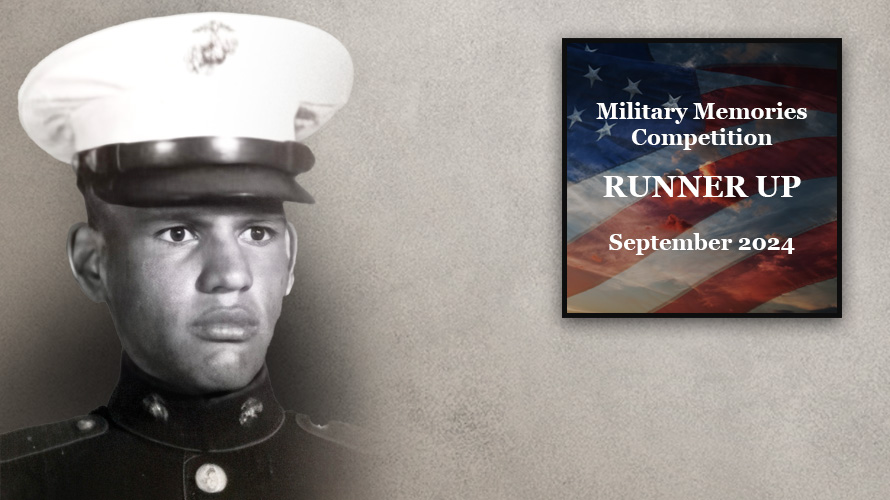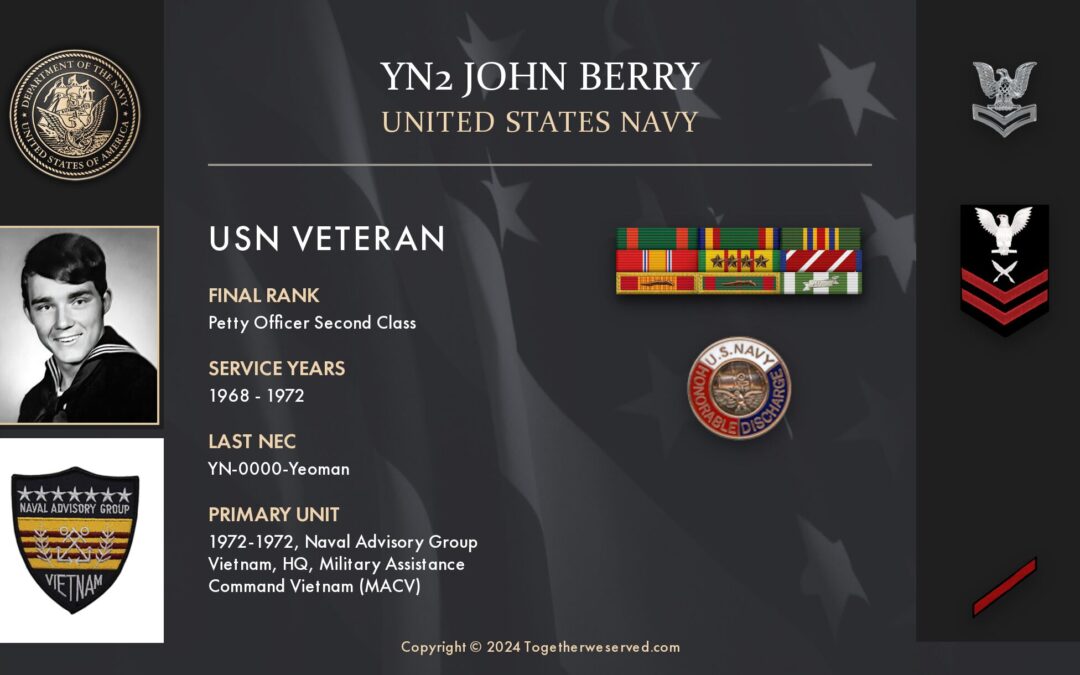Myth of the Vietnam War #1: Most Were Volunteers Common belief is that most Vietnam veterans were drafted. Fact: 2/3 of the men who served in Vietnam were volunteers. 2/3 of the men who served in World War II were drafted. Approximately 70% of those killed in Vietnam were volunteers. Myth of the Vietnam War #2: Fewer Suicides Than Claimed Common belief that the media reported suicides among Vietnam veterans range from 50,000 to 100,000 - 6 to 11 times the non-Vietnam veteran population. ...










